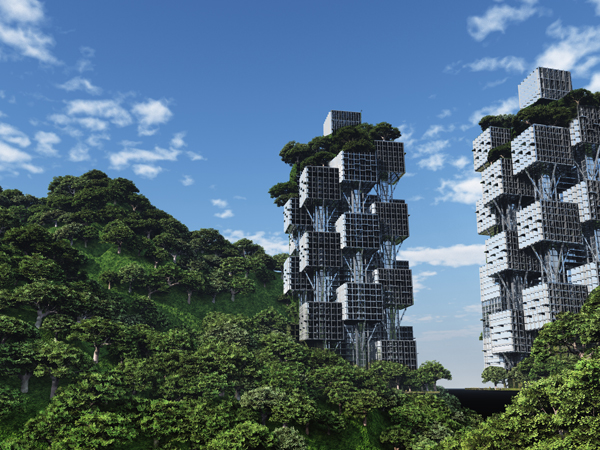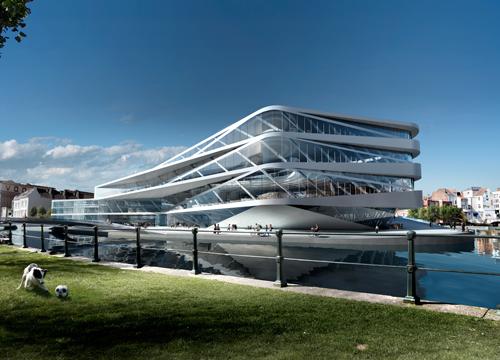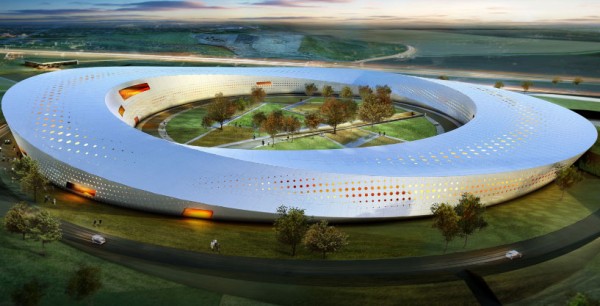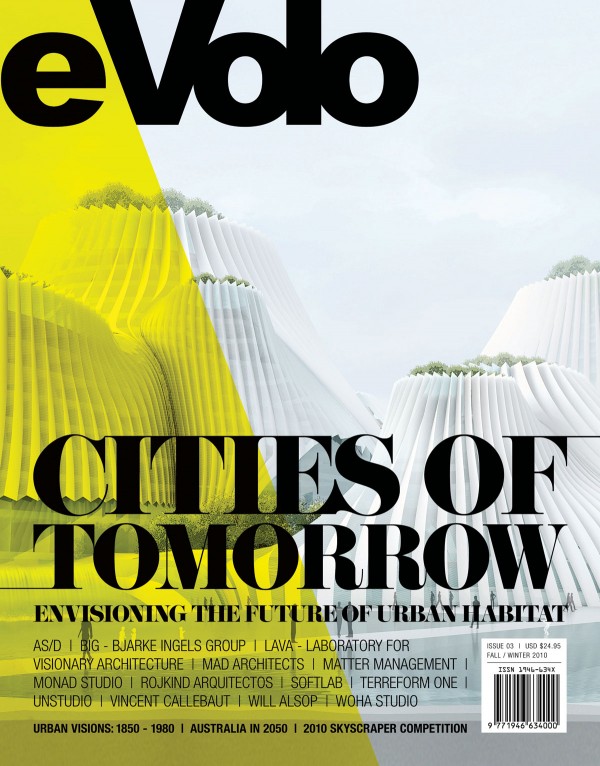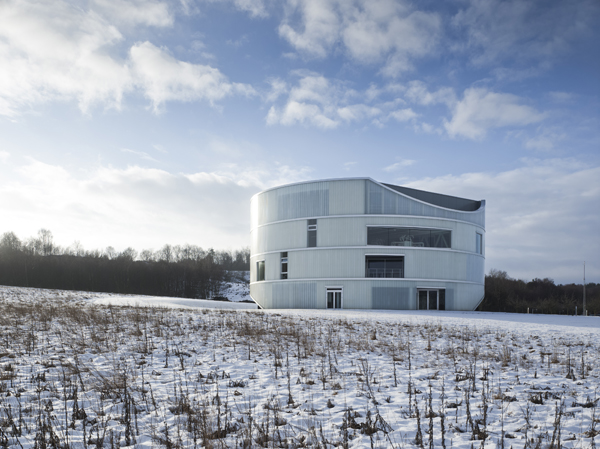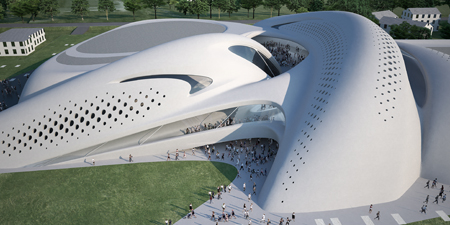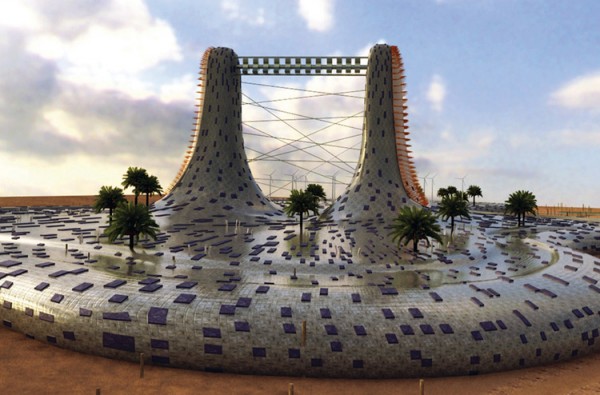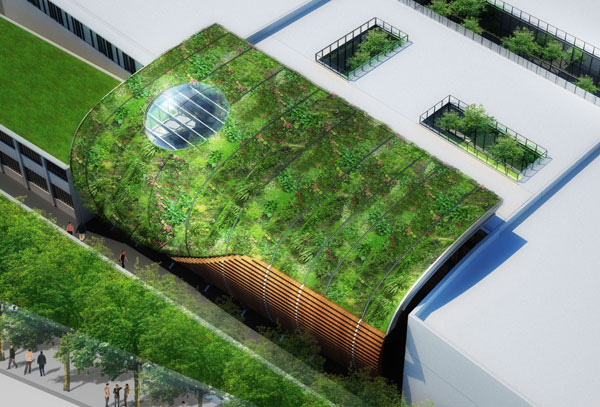The Urban Tree project was designed by Geotectura, and award-winning architectural studio based in Israel and founded by Dr. Joseph Cory as a way to merge land and architecture with sustainable elements, cost effective technologies, and social responsability.
This urban scale structure contains greenhouse platforms on dwelling floating cubes that keeps a minimal footprint on the ground. The bioclimatic structure capsule enables space and function flexibility. Variation in size and function in each unit is preserved within each cube with panoramic viewpoints and optimal air flow. Together with the multi-dimensional absolute green environment and the terrace sky courts of this versatile self-sufficient project reflect a sustainable responsability while building high. This concept of two helicoids prefabricated infrastructure is like a growing a urban tree that improves the dwellers’ quality of life while living in the sky. These mega-cubes weave nature and communities into a dense city. Read the rest of this entry »

